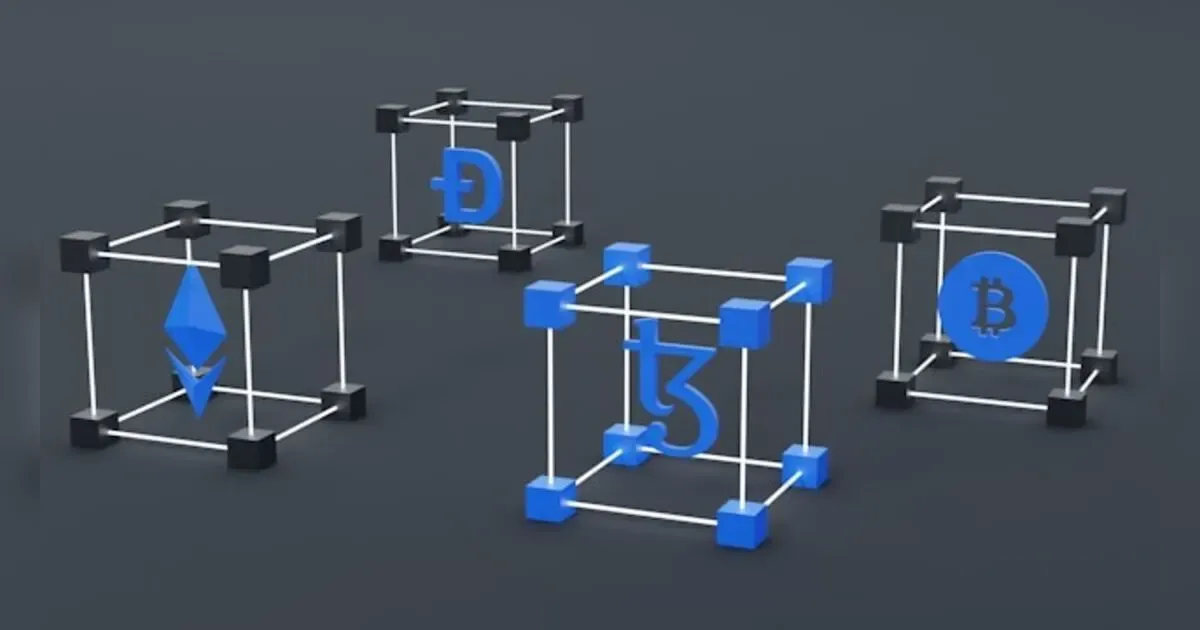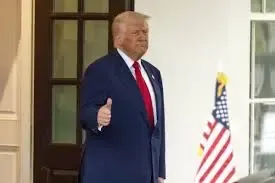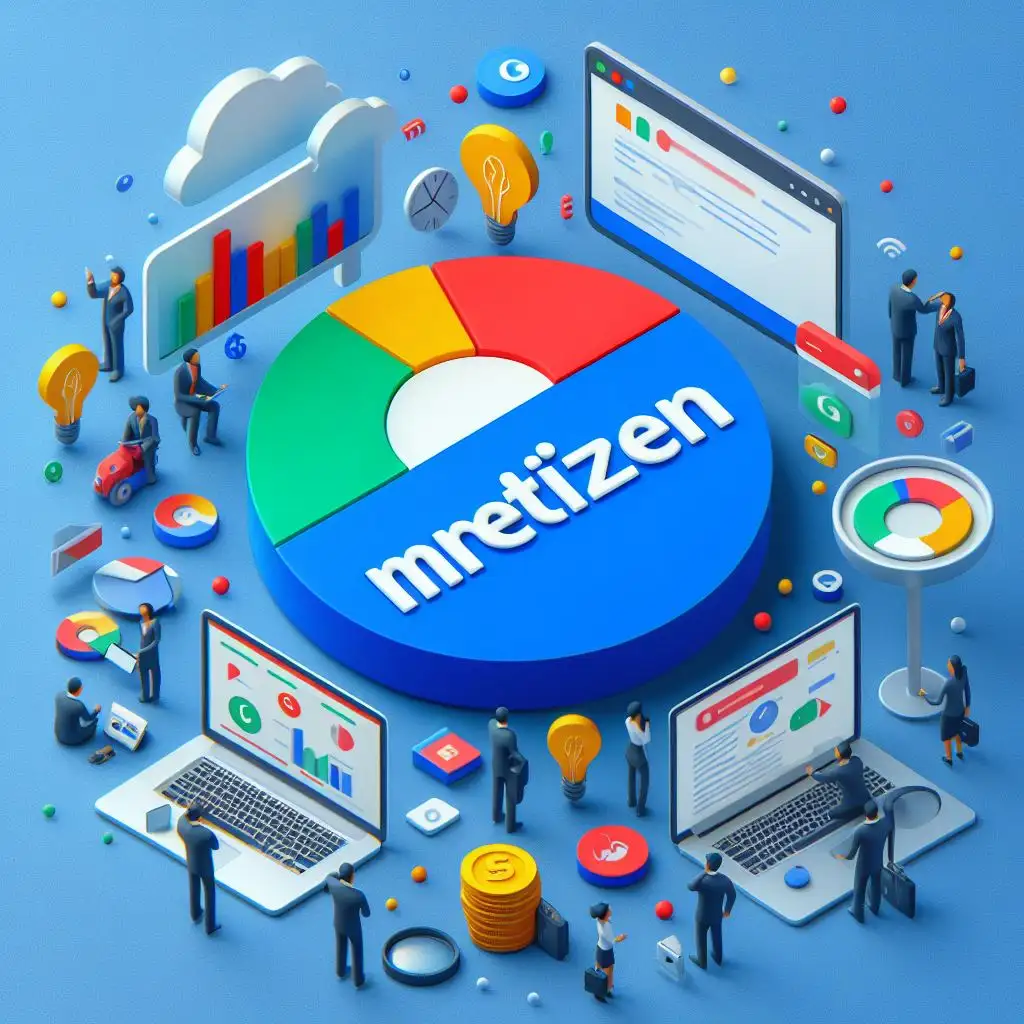Explore the transformative impact of Decentralized Finance (DeFi) on traditional banking. This article delves into DeFi’s core technologies, regulatory challenges, and future potential as it reshapes financial systems worldwide. Discover how DeFi fosters financial inclusivity, innovation, and security while redefining investor strategies and prompting a new era of financial integration.
Introduction.
Decentralized finance or more familiarly known as DeFi can be described as an audacious innovation in the field of managing and trading assets such as money where third-party service providers such as banks are excluded. DeFi is open to every participant, based on blockchain technology and guaranteed by transparency and decentralization. While centralized finance governance is centralized with control in the financial institution, DeFi is based on peer-to-peer interactions managed by smart contracts. These autonomous agreements automate such things as lending, borrowing, and trading, thus bringing about a very fluid financial environment that has no regard for borders or institutions. The concept of decentralized finances or DeFi means that people have more freedom to manage their money and build upon barriers otherwise, which were set to restrict entry.
DeFi market platforms still develop fast, which results in offering services that are beyond the mainstream finance domain. Lending platforms, trading, and more advanced forms, such as options even in decentralized systems – the possibilities of DeFi are opening up financial services available only to the privileged before. DeFi applications have already attracted much attention, and private and legal entities invest in the project because they see the potential of organizing work for themselves in an optimized and low-cost manner. This disruption is forcing people to rethink the true core of finance and is building the basis for the future power of control in users’ hands rather than intermediaries’.
1. Key Technologies Enabling DeFi: Blockchain, Smart Contracts & DAOs.
Blockchain forms the base of the DeFi domain as it offers architecture for seamless and unrestricted transaction processes. Each of the trades is stored in a shared database, therefore making the record irreversible and easily auditable. Such structure reduces fraud and mistakes and provides for seed capital upon which de-fi needs to thrive. Smart contracts also serve as an integral component as they act as programmed instructions, which trigger specific transactions according to specific terms and conditions. These contracts cover all forms of loans, insurance, etc, which eradicates the need for direct monitoring and greatly reduces the costs and time of negotiations.
Apart from the mechanical view, an important characteristic in the DeFi landscape, the concept of the Decentralized Autonomous Organizations (DAOs) has revolutionized the manner governance takes place. It can also be said that the decision-making process is active inclusion; the DAOs’ members vote on concepts concerning the organization’s dynamics. This uncentralized management approach means that power is divided, in accordance with DeFi’s principle of decentralization. This way, users can determine many parameters of platform evolution, fees, and rules for decision-making, which altogether forms a flexible and robust environment. In union, blockchain, smart contracts, and DAOs constitute the keystones of DeFi, pushing forward a financial architecture that is more dynamic, progressive, and beneficial to the users.
2. Analyzing DeFi vs Traditional Financial Systems.
The current financial structures depend on centralized organizations to retain order and confidence while following a set of legal rules and regulations that are unyielding. Conversely, DeFi breaks this model, a decentralized system that is more adaptive but also comparatively lawless. This difference indicates the new orientation of financial services delivered and managed. Being decentralized, decentralized finance eliminates third parties from dealing with protocols, thus making transactions cheaper and available. However, this also comes with new problems: there are no regulatory requirements to ensure the user’s security against fraud, high volatility, or technical issues.
Altogether, DeFi suggests new opportunities unearthed previously, yet it also exposes some constraints in both models. Banks have stability and legal safeguards for everyone who does not want to take psychological risks, but DeFi is all about innovation and freedom. The accessibility of decentralized finance, however, assists the unserved population minimally served by the centralised banks, extending financial services to such individuals. The main idea is that some organizations implement one or another extreme system only, which is why the best approach is the use of both types of systems. As DeFi progresses, it can retain the following from traditional finance while having its distinct benefits to make financial accessibility on a worldwide scale.
3. DeFi’s Impact on Traditional Banking Service: Lending, Payment and Beyond.
The emergence of DeFi presents the brilliant opportunity to disrupt and replace a number of the more conventional banking services, focusing on lending and borrowing. Tokens such as Aave and Compound provide a decentralized marketplace in which participants can directly lend and borrow assets using blockchain solutions. It greatly reduces the costs of transactions and does away with complicated procedures to approvals that compromise the credit market availability. Yield farming and liquidity pools build on this, offering users vesting rewards in a way that actually seems to compete with banks for the lending marketplace.
The payments also are not spared by DeFi’s dynamics as payments shift from the traditional ways. Take, for instance, stablecoins. They can be used for cross-border transactions and do not require conversion and the payment of large fees. Through allowing seamless, often borderless payment, DeFi applications are setting up a new norm for payments. But in addition to payments and lending, which pushed DeFi to the forefront, new services are also emerging in the industry, including decentralized insurance and asset management, which the centralized banking is not even aware of. This diversity of opportunities contributes to stimulating not only competition with banks but also the idea of decentralization capable of offering an integrated financial system that does not consider modern banking limitations.
4. Regulatory and Security Challenges Facing DeFi.
The exponential growth of DeFi has sparked a lot of regulatory issues because the concept is quite disruptive to traditional financial laws meant for centralized organizations. ASM and KYC are problems that are challenging for decentralised finance, where privacy and anonymity are intrinsic aspects. Authorities are struggling as to how to extraregulate DeFi so as not to dampen its further development while at the same time ensuring its security for consumers. Lack of clarity on DeFi regulation also makes it a hostile environment for its user and investors, but the question now is whether there needs to be a formal way to hold someone accountable without restricting the possibilities that DeFi offers.
Security risks are another set of challenges that have emerged as a part of the DeFi environment. Primarily, it is vital to realize that although conventional blockchain is triple secured, smart contracts integration can result in platform hacking and exploitation. Centralized finance is relatively new and has already faced a severe hack that led to considerable loss of funds s, which have emanated negative sentiment around decentralized finance that has halted broader adoption in their platforms. In response, developers introducing new DeFi projects prioritise security audits, insurance, and bug bounty programs to make consumers confident in their projects. Nevertheless, until security issues are better solved, DeFi will remain problematic in terms of achieving the level of trust that centralized financial institutions have already earned in decades.
5. The Future of Finance: DeFi Integration and Coexistence with Traditional Systems.
Over time, as the space develops, one can expect that traditional finance will integrate these elements from DeFi into their services they offer, which is known as CeDeFi (Centralized-Decentralized). Such a mixed strategy allows traditional institutions to reap the benefits of DeFi, where it has quicker settlements and less expense but remains in the legal realm. Nowadays, some banks and other financial companies have already begun testing blockchain and digital asset services because they understand how significant an advantage they can be. This partnership could result in a significantly different paradigm in which the world of centralized finance and decentralized finance can complement one another.
The advent of decentralised finance can also extend into the traditional financial sector by integrating both decentralised systems and a centralised system in a middle ground mechanism. This integration will go a long way in offering consumers a better the of choice and facilitating the adaptive financial system. When the framework of decentralized finance is combined with clear structure, client orientation, and reasonable risk management of the financial industry, it can encourage innovation and development. It is their amalgamation to possibly develop a robust financial structure, addressing wide-ranging needs in due course of time, to redefine the delivery of financial services in the twentieth century globally.
Conclusion.
Defi is indeed a beautiful subject for investors, which is filled with new opportunities and risks in equal measure. DeFi is a decentralized form of finance that can directly engage people in investment services in yield-generation protocols and tokenized assets besides intermediaries. However, DeFi is less regulated compared to the traditional finance sector, and there are certain risks that directly apply to DeFi. This includes the following; smart contract risks and volatility risk, among others. DeFi investment opportunity can generate high returns when there is a proper approach to investing, and this is where a lot of work has to be done since the risks of DeFi investing are relatively high.
Apart from the other individuals, there are vast impacts of DeFi in the world of finances. DeFi decentralizes financial services, ensuring equal opportunities to everyone locked out by centralized systems, possibly decreasing wealth polarization. Some of these include lending and insurance that, when supported by DeFi, could open the opportunity of financial freedom to people all over the world, thus reversing the power balance within the economy. However, with the advancement of decentralized finance, its effects will begin to initiate discussions concerning the governments regulation, decentralised security, and even the relevance of the traditional banking institutions. This post explores the disruptive as well as integrative role of DeFi for the financial services industry in order to illustrate the innovative potential of decentralized finance.

























